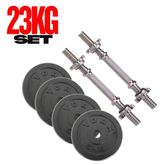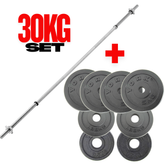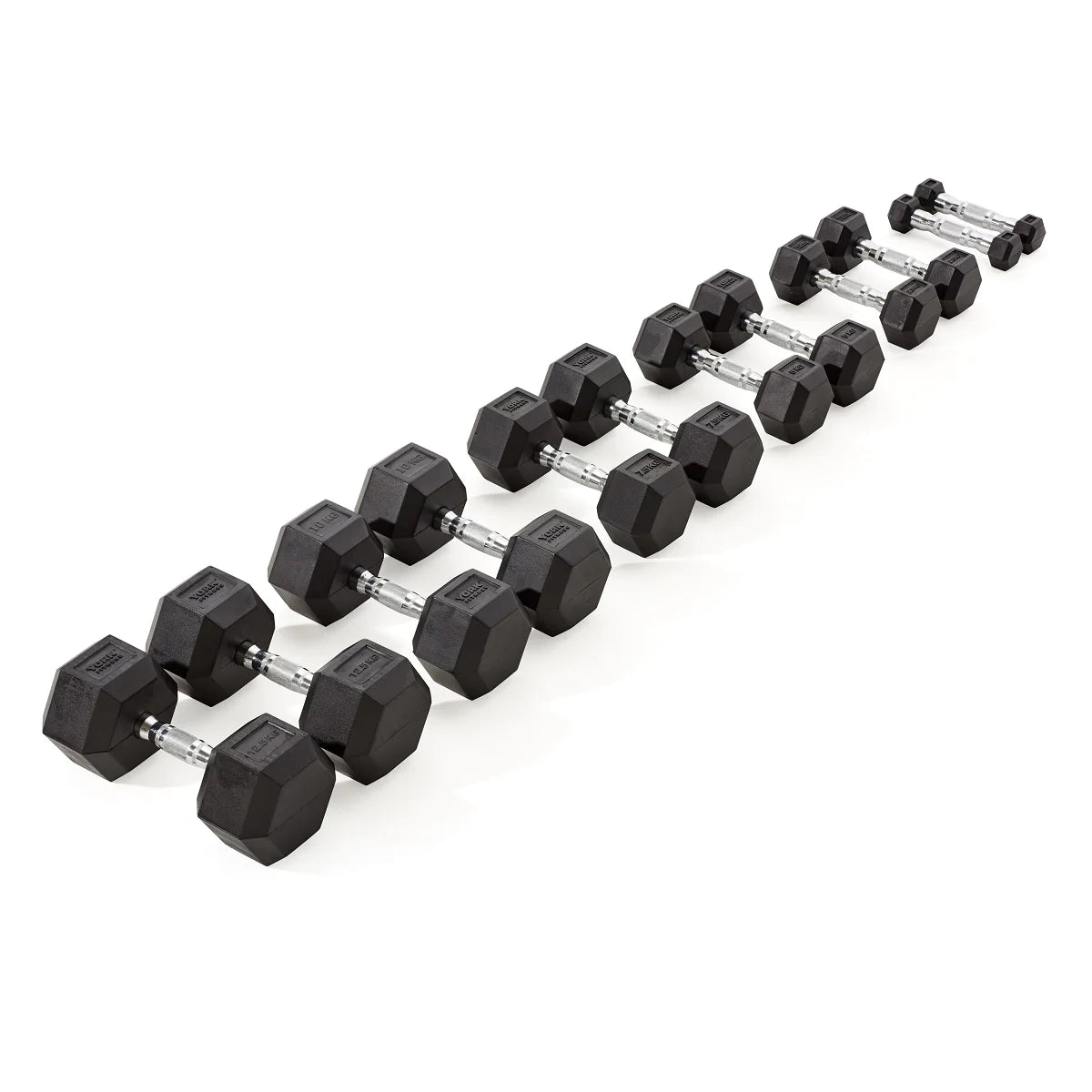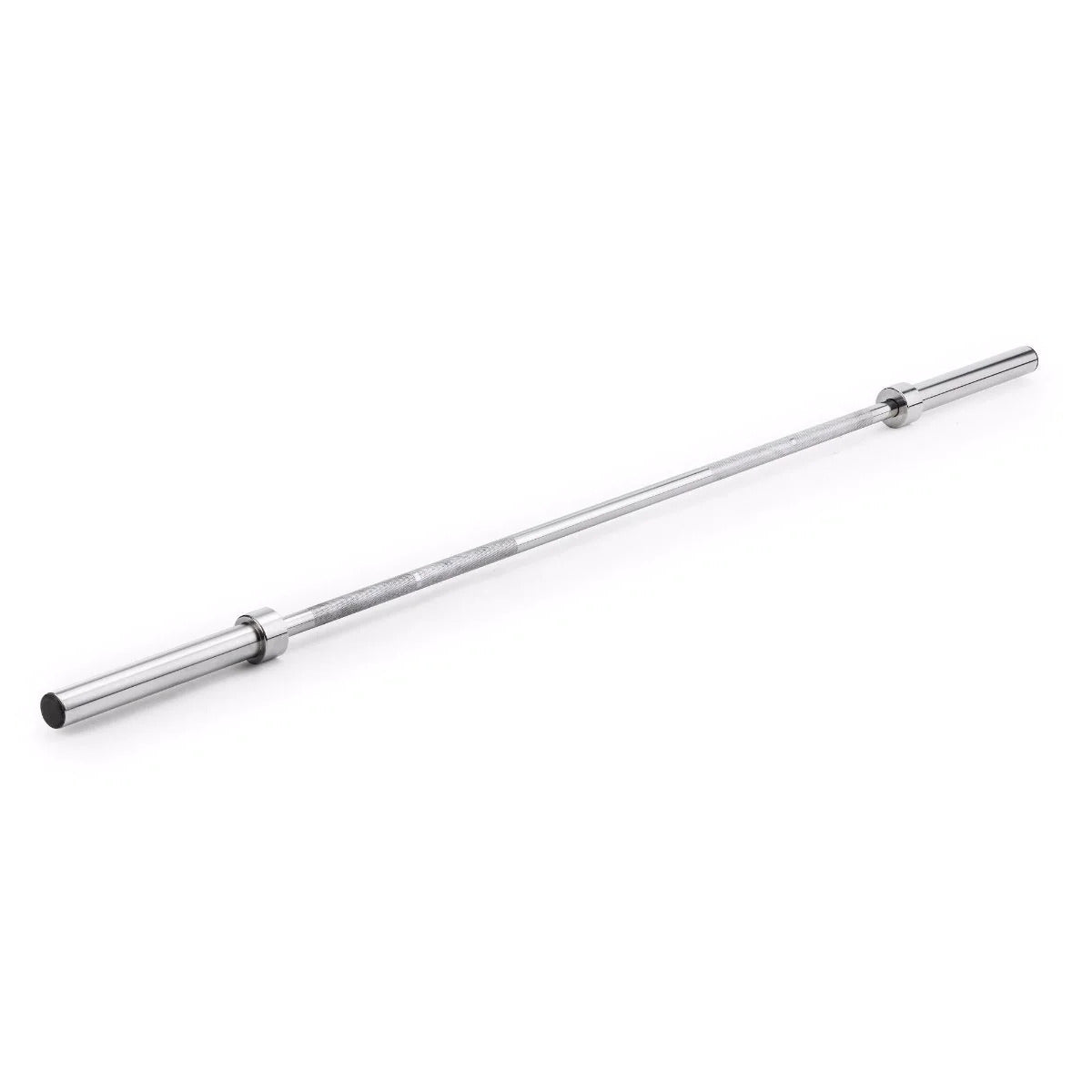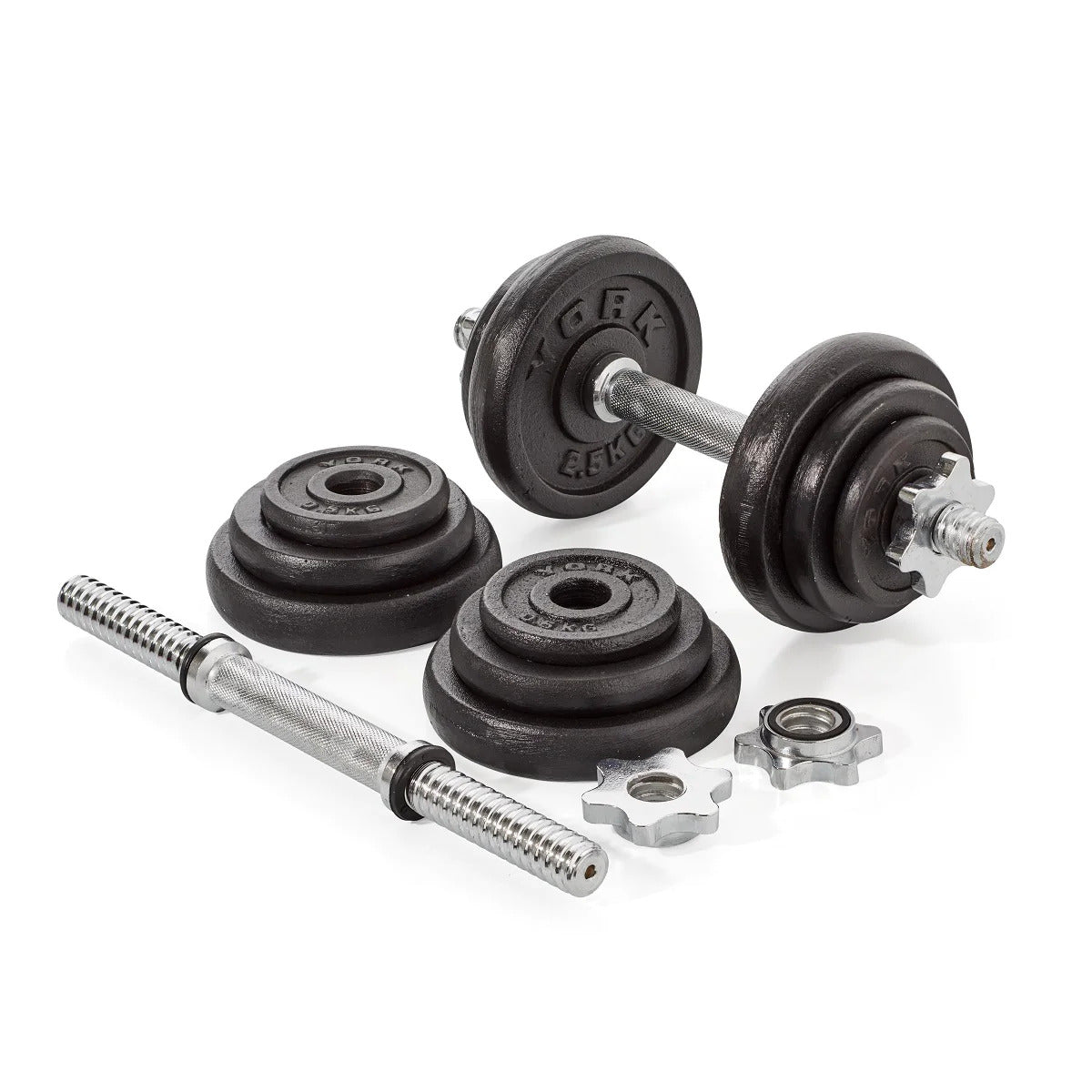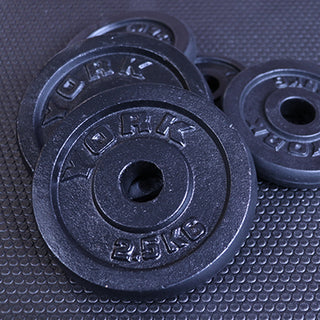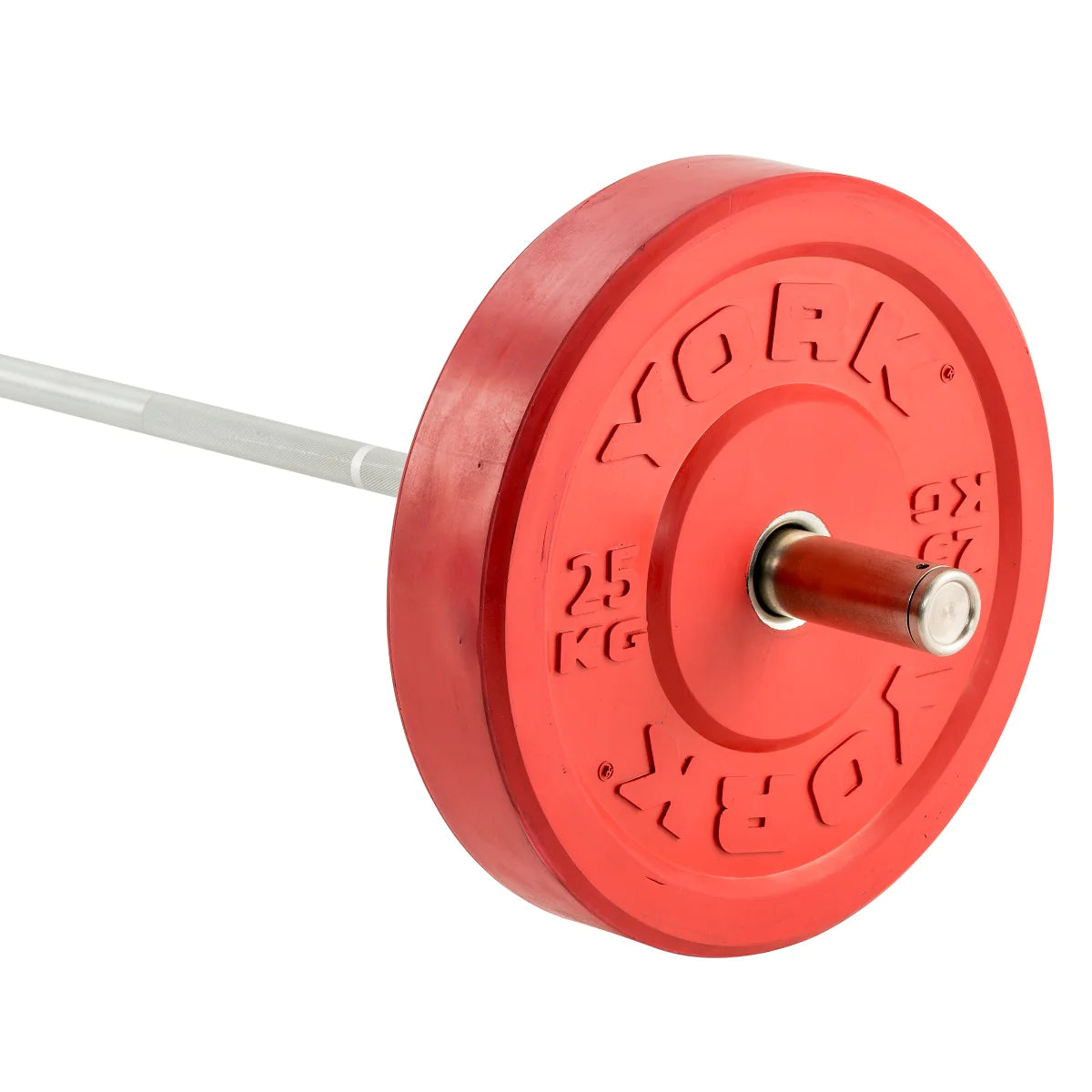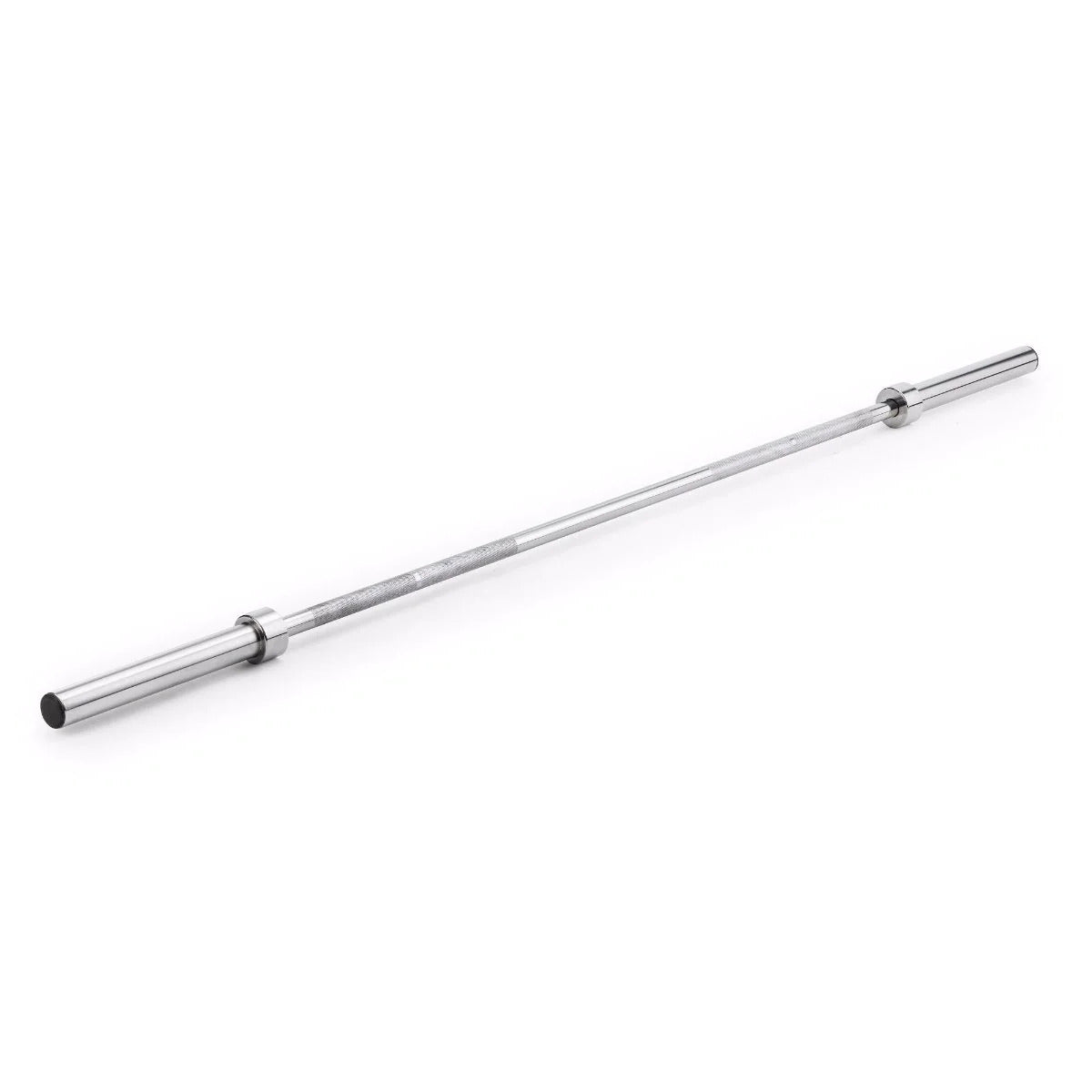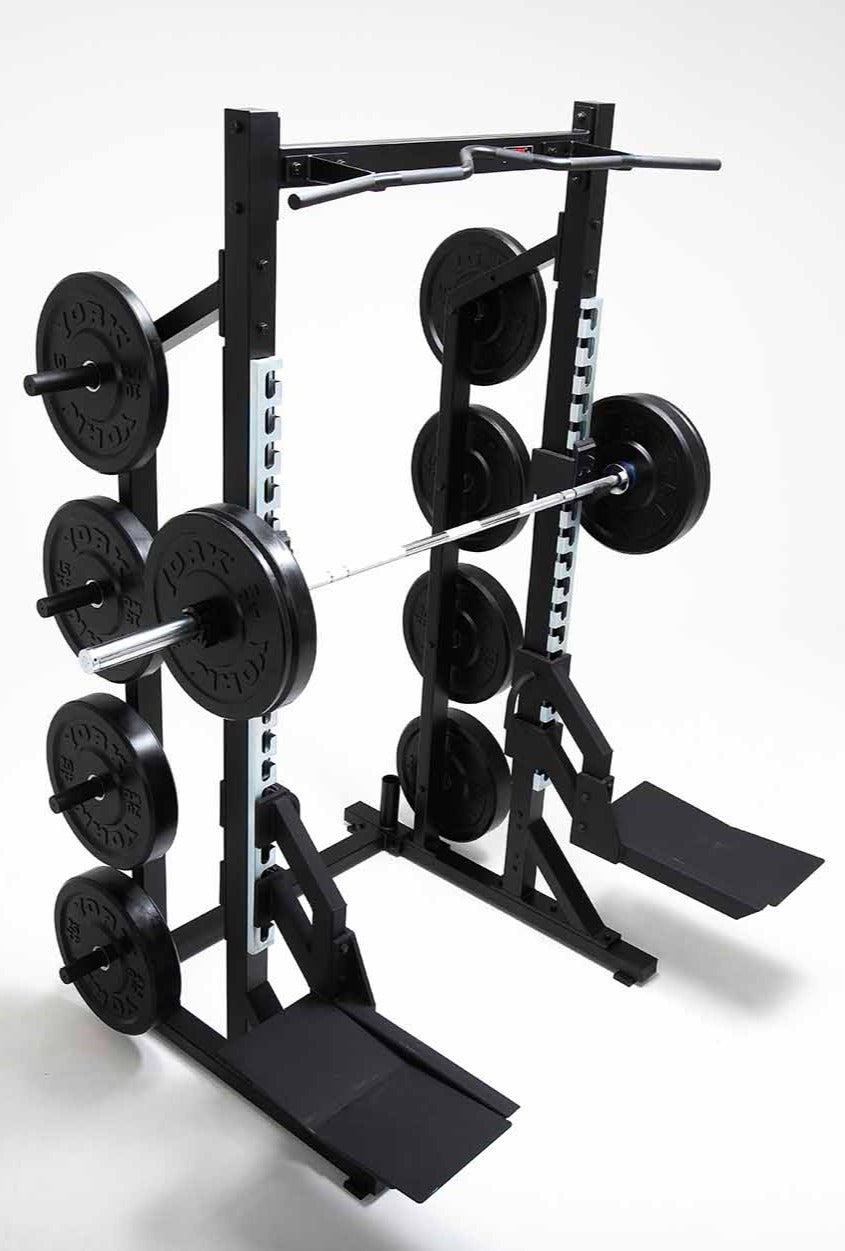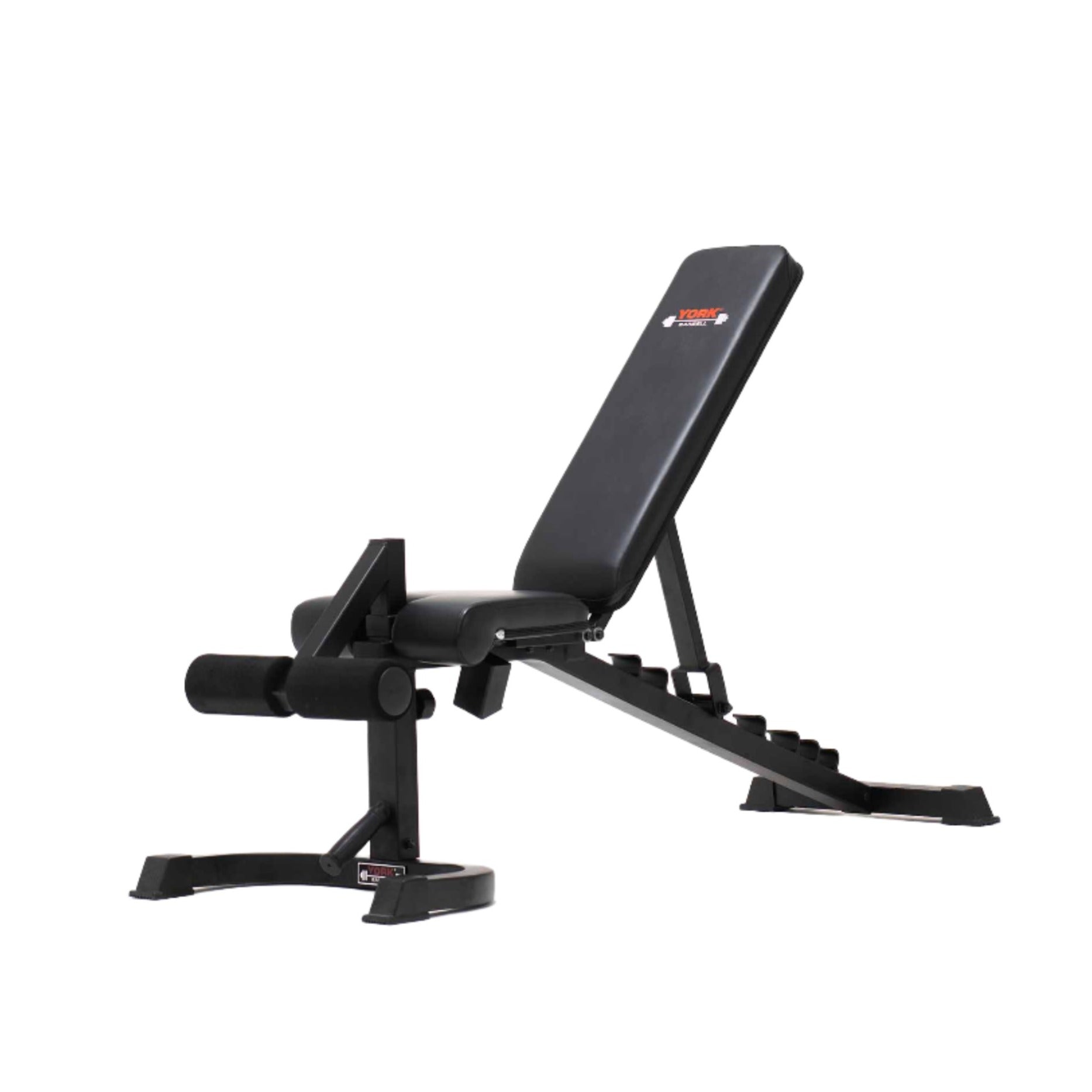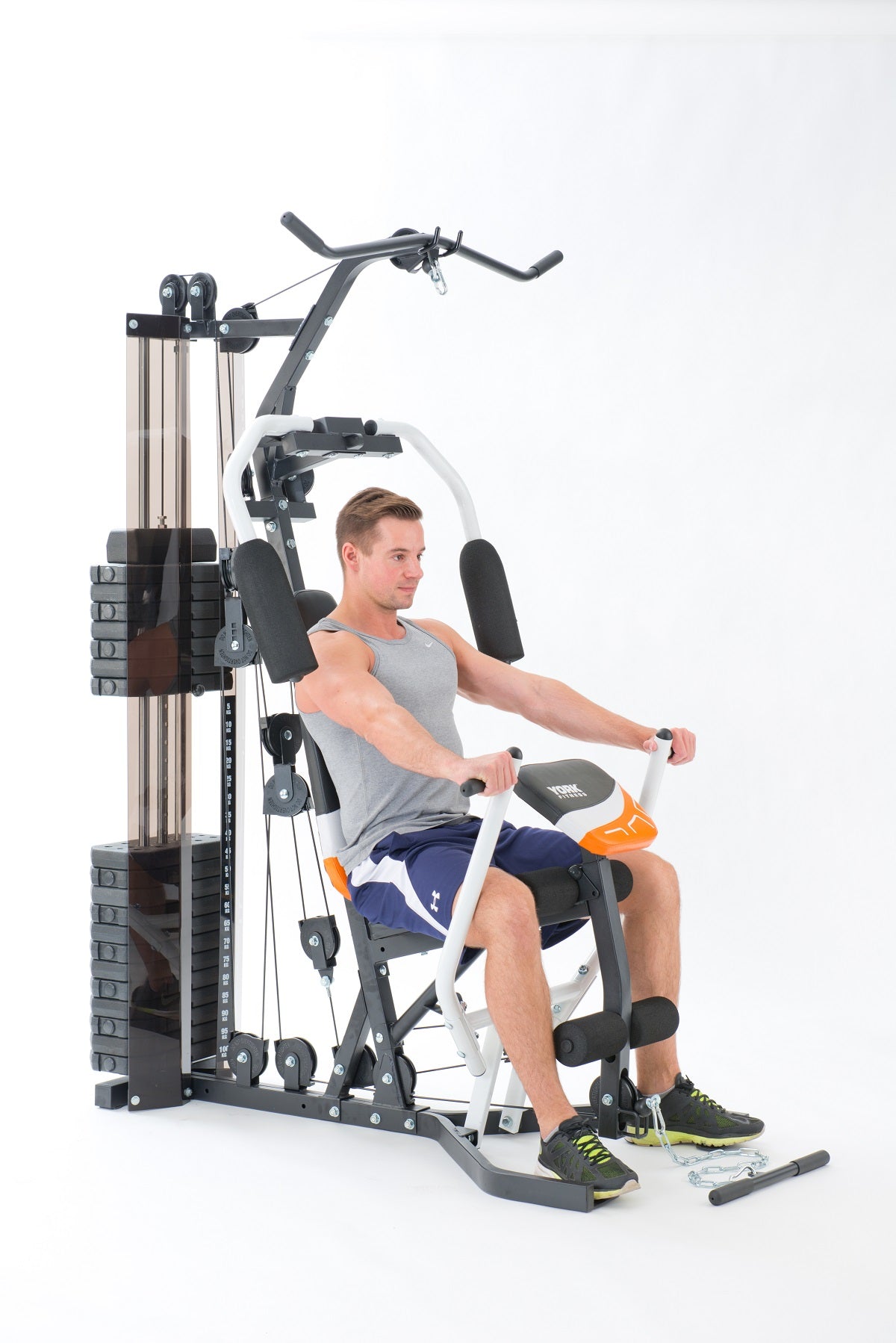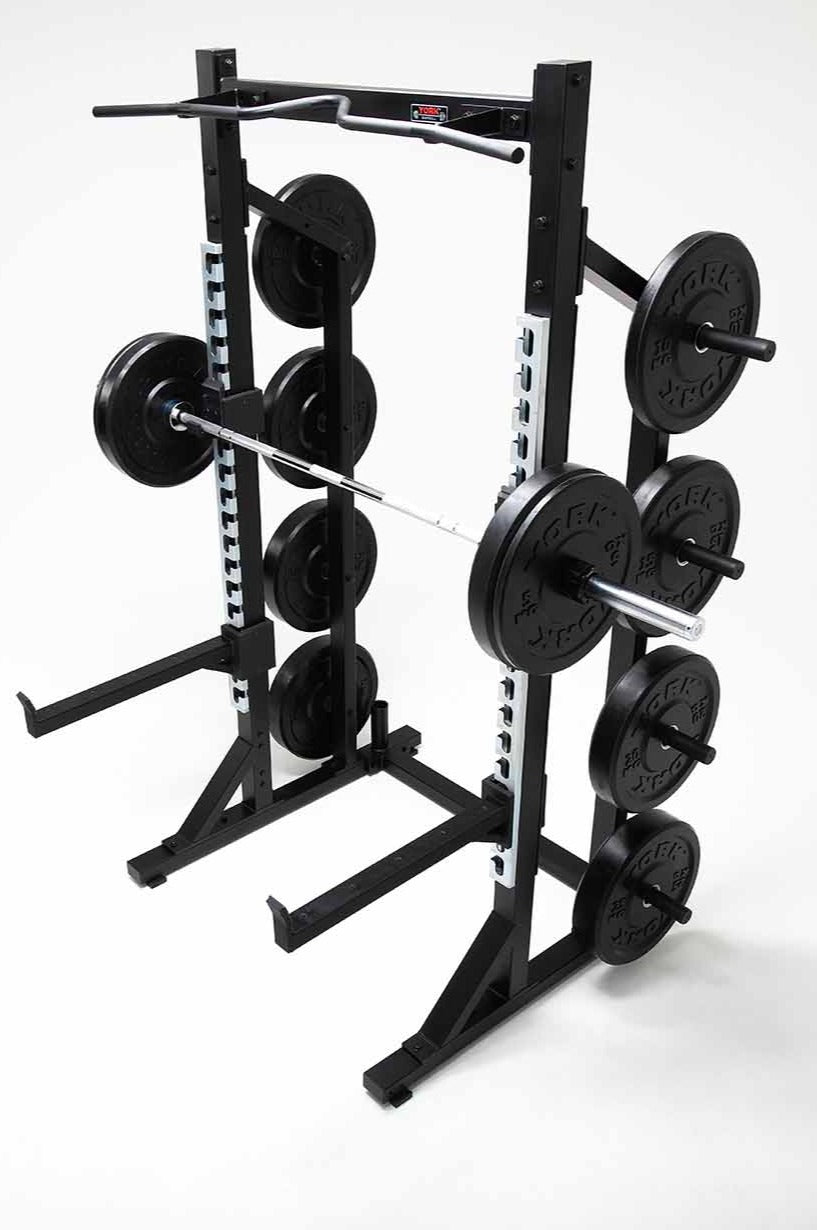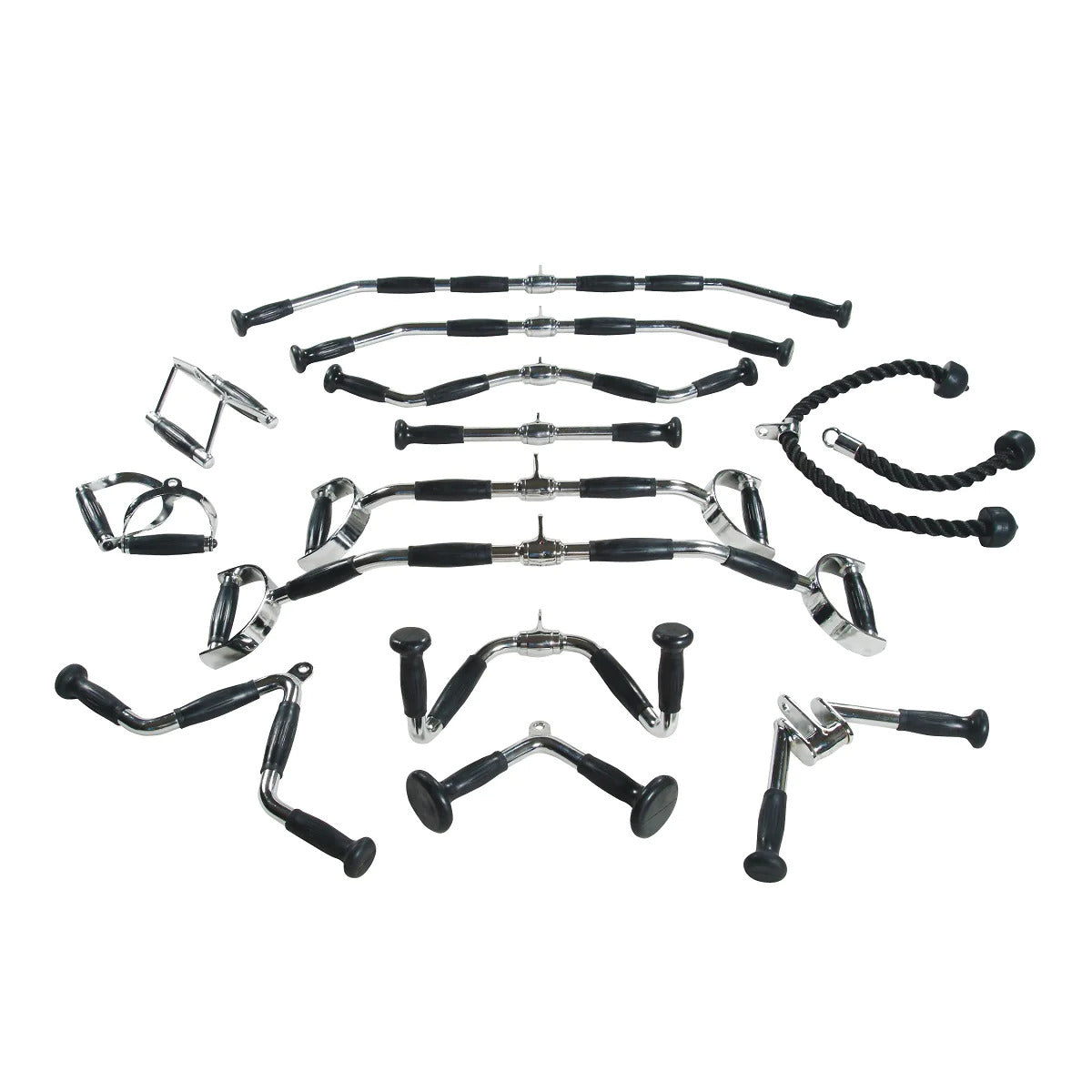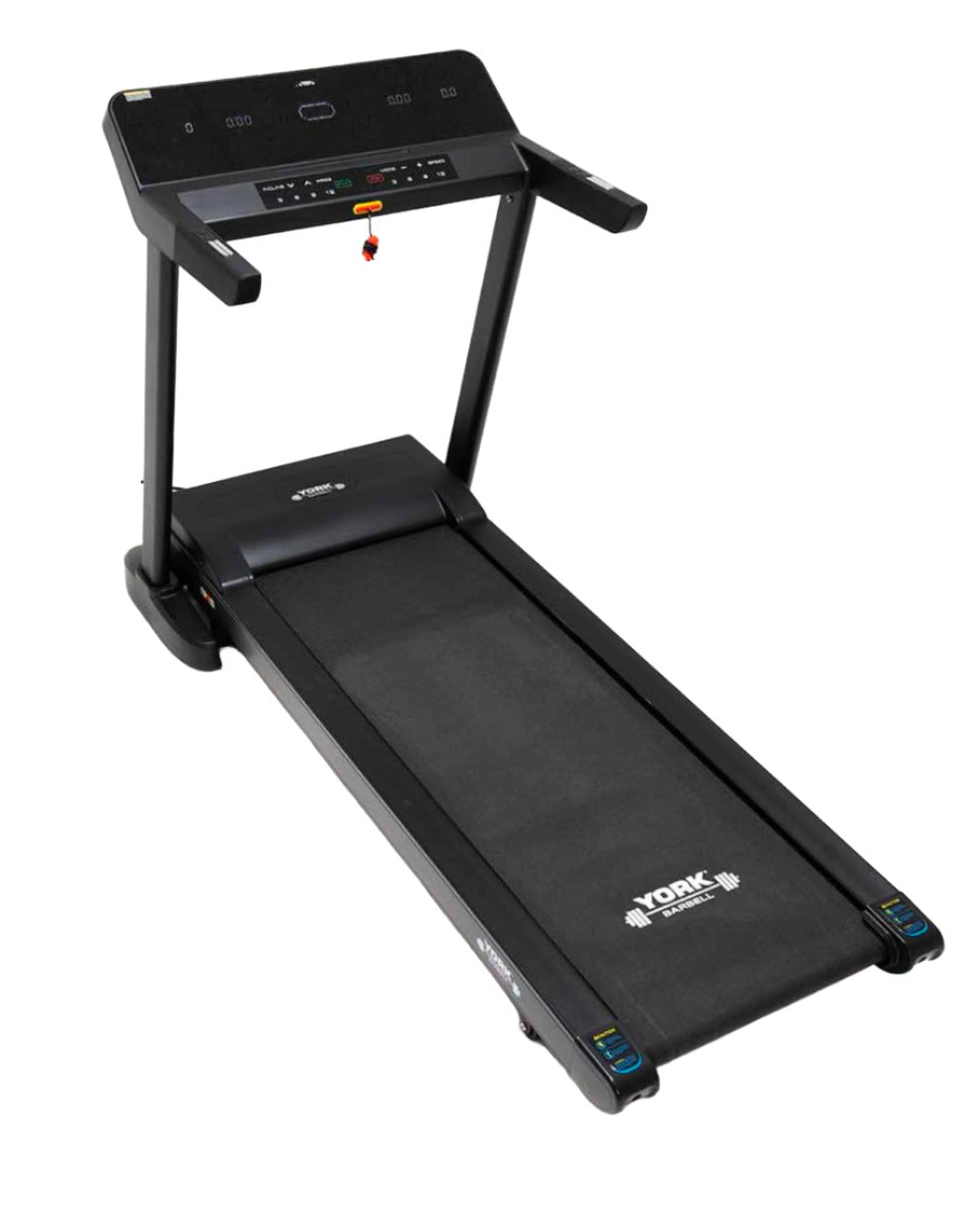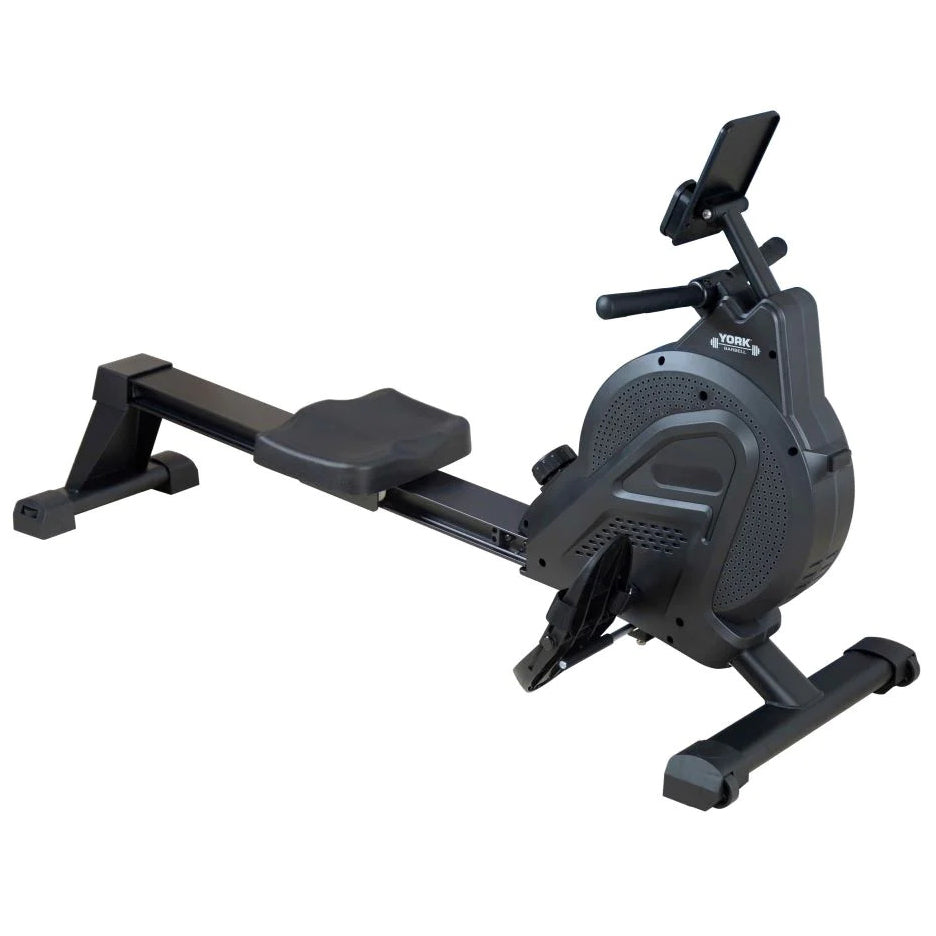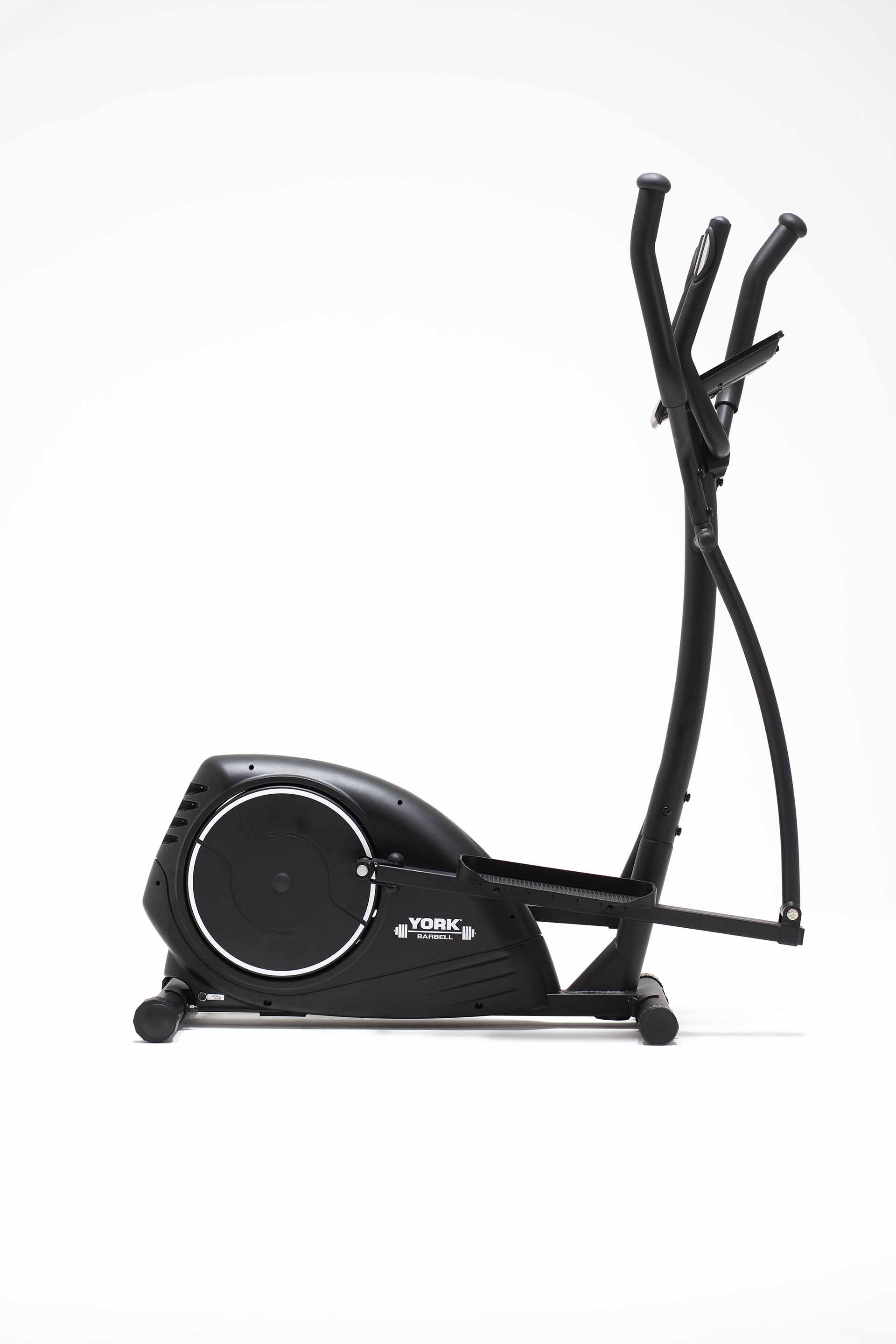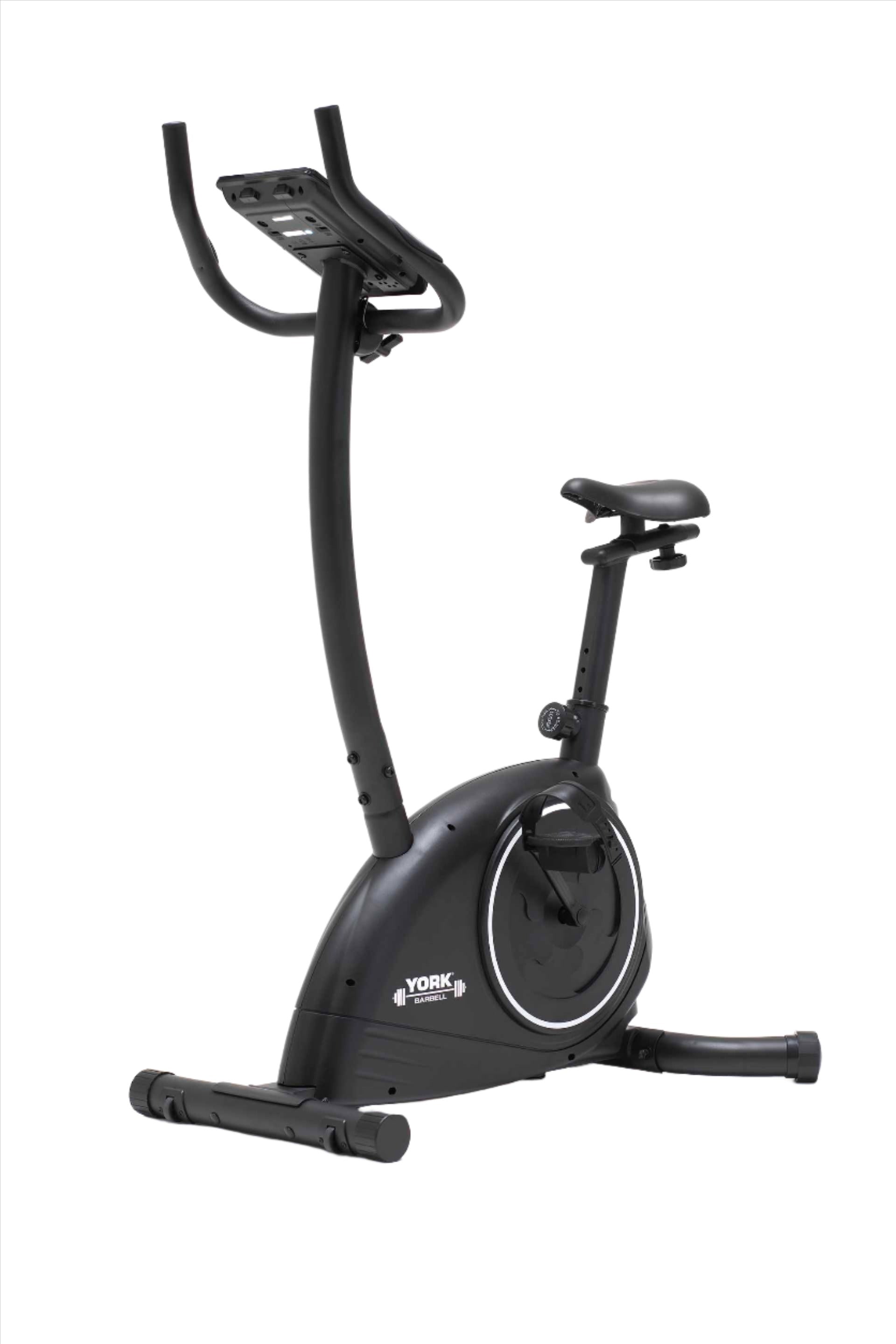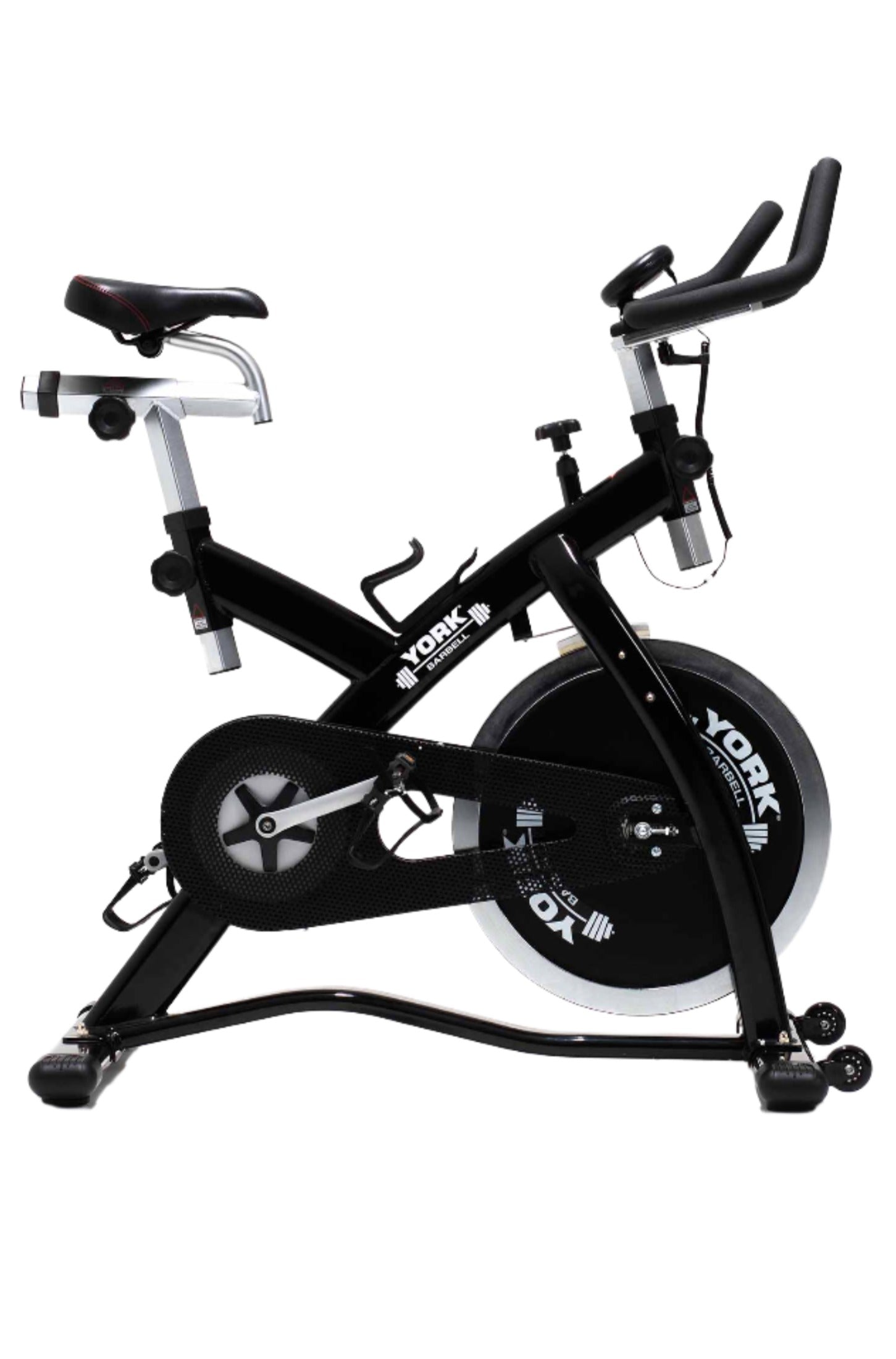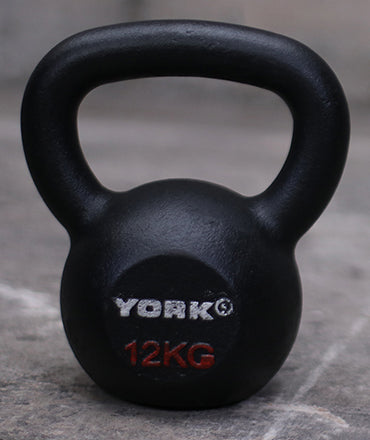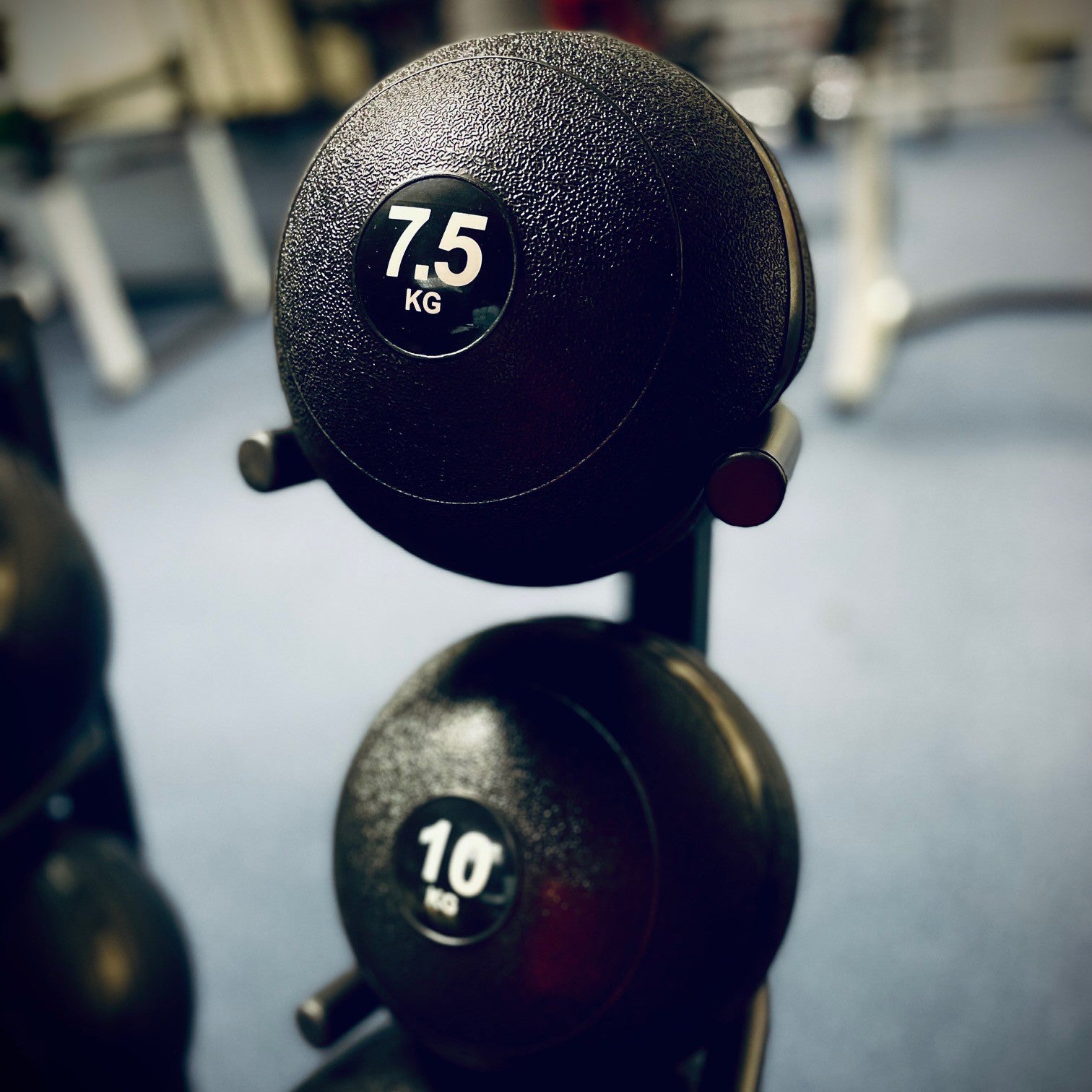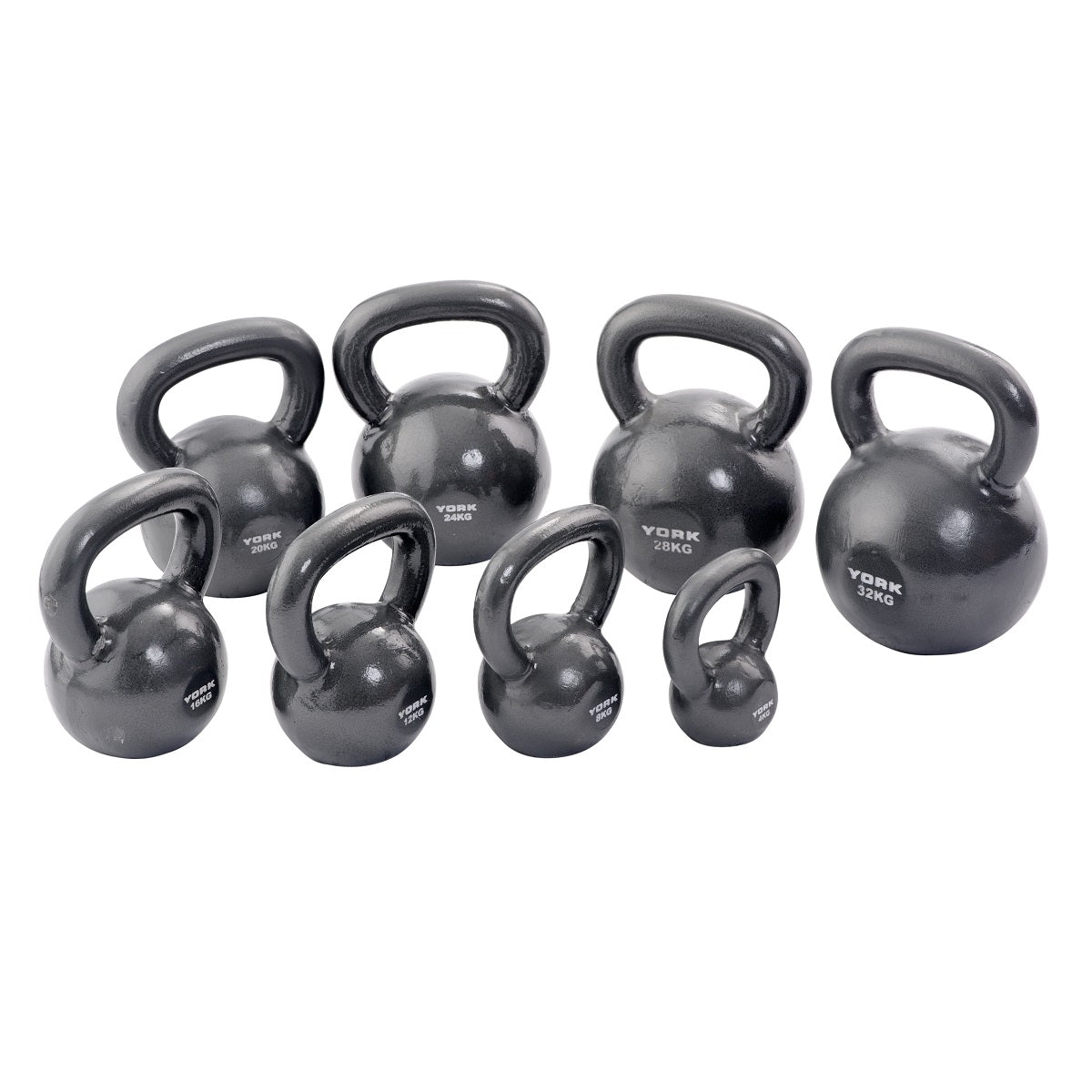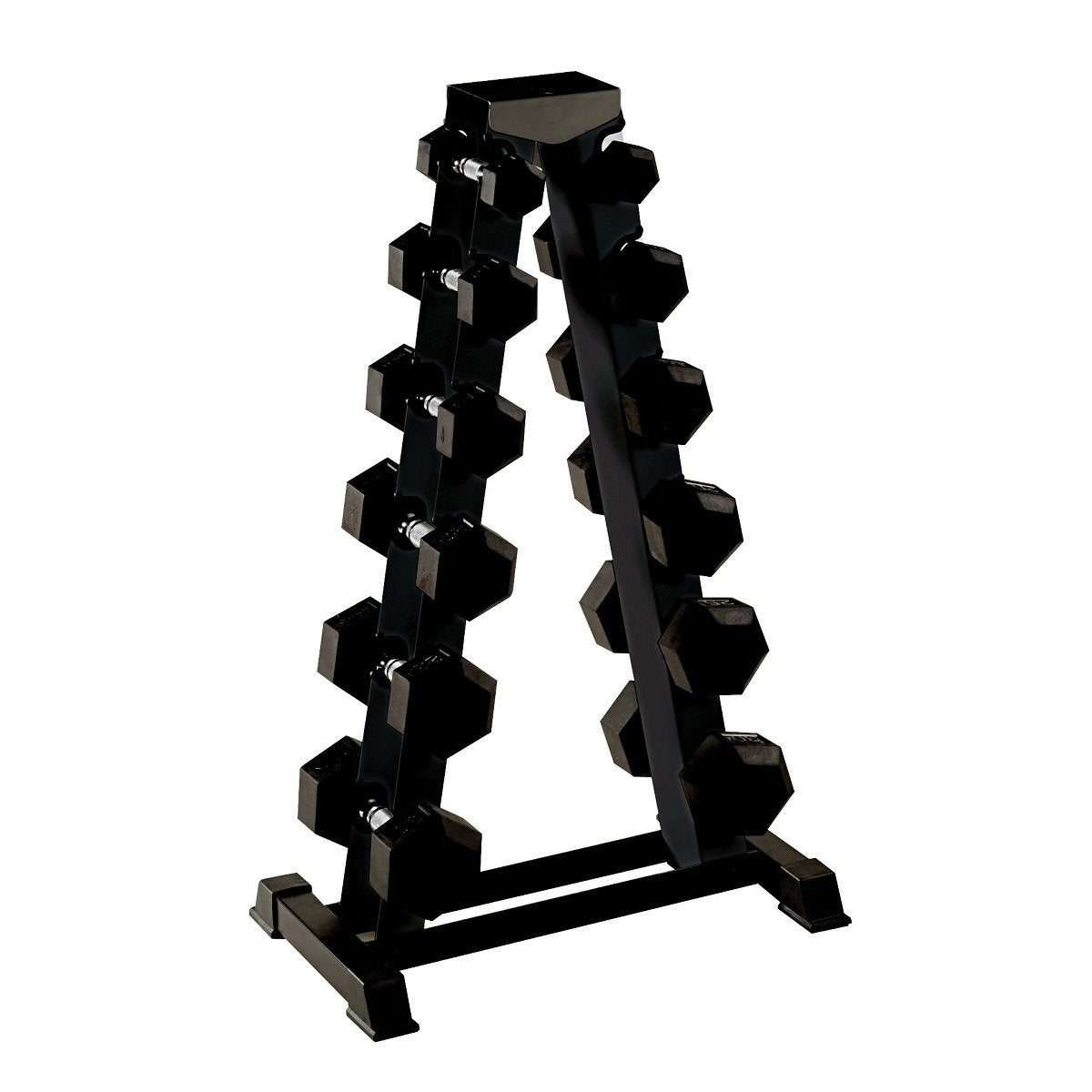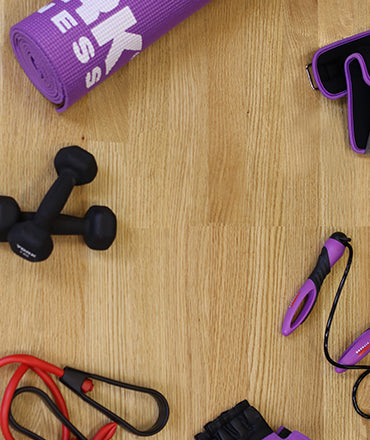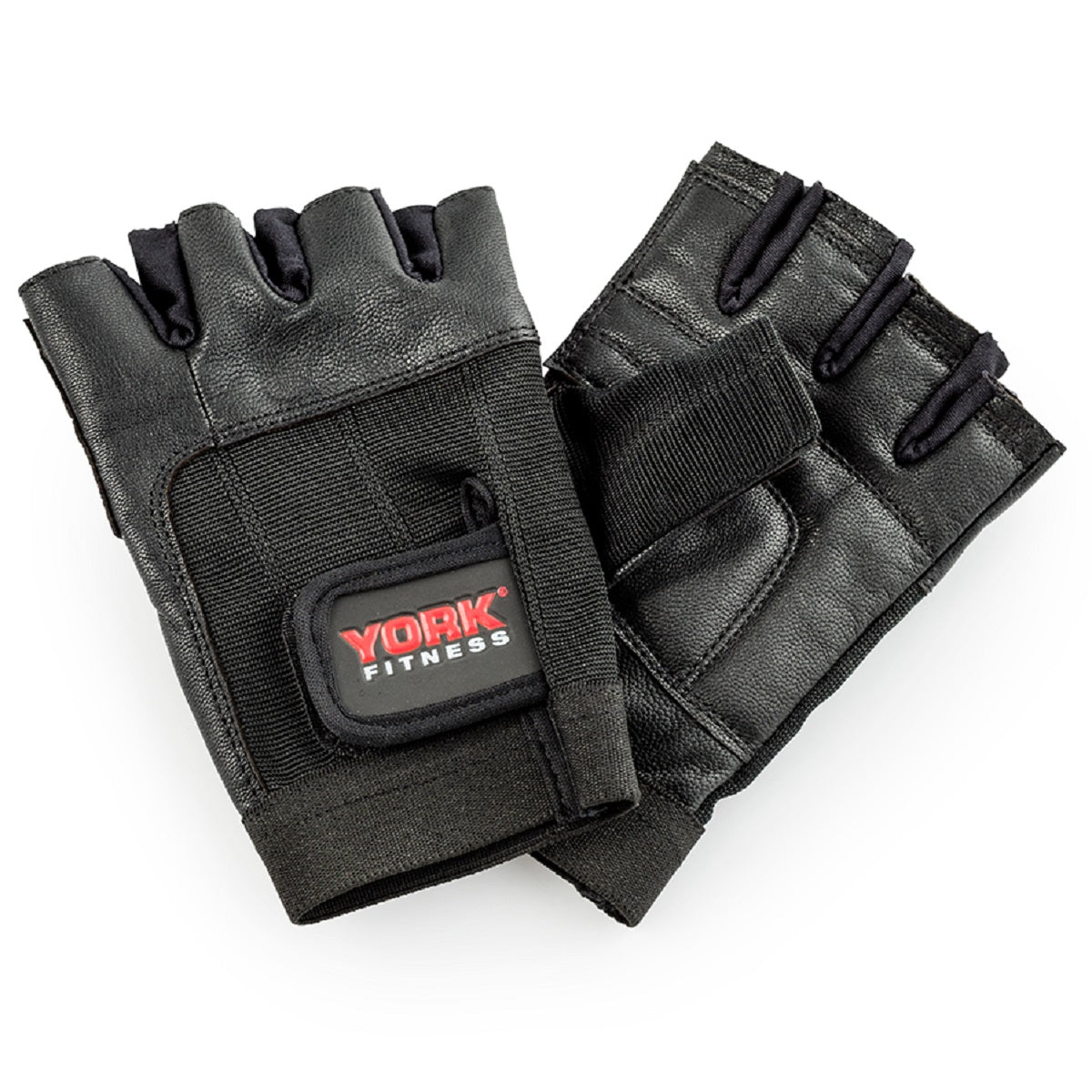Strength Training 101: Getting Started with Weightlifting for Beginners
Strength training is a powerful way to improve your fitness, boost your confidence, and build a body that supports you through life’s physical demands. If you’re new to weightlifting, don’t worry – this beginner’s guide will help you get started on the right foot. We’ll explore the benefits of strength training, the types of equipment you’ll encounter, the key movement patterns you should master, and how to create your very first workout plan.
By the time you finish this guide, you’ll have the knowledge and confidence to step into the gym (or set up your home workout space) and start making gains. Let’s dive in!
What Is Strength Training and Why Is It Important?
Strength training, also known as resistance training or weightlifting, involves exercises designed to improve muscle strength, endurance, and size. Unlike cardio-focused workouts, which primarily target your heart and lungs, strength training focuses on building lean muscle mass through progressive resistance.
This resistance can come from a variety of sources, including free weights (such as dumbbells and barbells), resistance bands, bodyweight exercises, or weight machines. It’s a highly versatile type of training with numerous health benefits.
Key Benefits of Strength Training:
- Increased Muscle Strength and Size: Lifting weights regularly helps develop lean muscle, which improves strength, boosts your metabolism, and enhances your overall physical capability.
- Improved Bone Density: Strength training is excellent for bone health. Weight-bearing exercises can reduce your risk of osteoporosis, particularly as you age.
- Mental Health Boost: Studies show that lifting weights can help reduce symptoms of anxiety, depression, and stress by releasing endorphins – the body’s “feel-good” hormones.
- Better Functional Fitness: A stronger body is more capable of handling everyday tasks like carrying shopping bags, lifting heavy objects, or even climbing stairs.
- Injury Prevention: Building strength improves joint stability and can reduce your risk of injury, particularly if you participate in other sports or physical activities.
- Weight Management: Strength training helps you burn calories and build muscle, which can improve your body composition and help with weight loss or maintenance.
Strength Training for Beginners: Getting Started
Starting out can be intimidating, but you don’t need to be an expert to see great results. Here’s a step-by-step guide to help you build a strong foundation:
Step 1: Set Clear Goals
Before you start, it’s important to identify your goals. This will help you stay motivated and ensure your training is tailored to what you want to achieve. Common strength training goals include:
- Building muscle size (hypertrophy).
- Increasing overall strength.
- Improving body composition by losing fat and gaining lean muscle.
- Enhancing athletic performance and functional fitness.
Once you’ve defined your goals, you’ll be better positioned to create a workout plan that supports your objectives.
Step 2: Understand Weightlifting Equipment
When you step into a gym (or set up your home gym), you’ll encounter several types of equipment. Here’s a quick breakdown:
- Dumbbells: These are versatile and ideal for a wide range of exercises, from bicep curls to squats and bench presses.
- Barbells: Typically used for heavier lifts such as deadlifts, squats, and overhead presses.
- Kettlebells: Great for dynamic, functional exercises like kettlebell swings, Turkish get-ups, and goblet squats.
- Resistance Bands: Lightweight and portable, resistance bands are great for warming up, mobility work, or adding resistance without using heavy weights.
- Weight Machines: These machines guide your movement, making them a useful option for beginners who are still learning proper form.
Step 3: Learn the Fundamental Movement Patterns
Focus on mastering these five basic movement patterns, which form the foundation of most strength training exercises:
- Squat: Strengthens your lower body, including your quads, glutes, and hamstrings. Variations include bodyweight squats, goblet squats, and barbell back squats.
- Hinge: Targets your posterior chain (glutes, hamstrings, and lower back). Common hinge exercises include deadlifts and kettlebell swings.
- Push: Works your chest, shoulders, and triceps. Examples include push-ups, bench presses, and overhead presses.
- Pull: Strengthens your back and biceps. Examples include pull-ups, bent-over rows, and lat pulldowns.
- Core Stability: A strong core is essential for stabilising your body during lifts. Core exercises include planks, Russian twists, and hanging leg raises.
Creating Your First Strength Training Workout Plan
As a beginner, it’s best to start with a full-body workout 2-3 times per week. This allows you to train all major muscle groups while giving your body enough time to recover between sessions. Here’s a sample workout to get you started:
Warm-Up (5-10 Minutes)
- Light cardio (e.g., brisk walking, cycling, or jogging) to increase your heart rate.
- Dynamic stretches (e.g., arm circles, leg swings, and hip openers) to improve mobility.
Workout (3 Sets of 8-12 Reps Per Exercise)
- Goblet Squat or Bodyweight Squat
- Push-Up or Dumbbell Bench Press
- Bent-Over Dumbbell Row
- Romanian Deadlift (using dumbbells or a barbell)
- Plank (hold for 30-60 seconds)
Cool-Down (5-10 Minutes)
- Stretch all major muscle groups, focusing on areas that feel tight.
- Incorporate deep breathing exercises to help bring your heart rate back to normal.
Essential Tips for Beginner Weightlifters
- Start Light and Focus on Form: Prioritise technique over lifting heavy. Proper form helps prevent injuries and maximises your gains.
- Embrace Progressive Overload: Gradually increase the weight, reps, or sets over time to continue challenging your muscles.
- Prioritise Recovery: Allow at least 48 hours of rest between workouts that target the same muscle groups.
- Fuel Your Body: Eat a balanced diet that includes plenty of protein to support muscle repair and growth.
- Track Your Progress: Keep a workout journal to monitor your lifts, reps, and overall progress.
- Stay Consistent: Strength gains don’t happen overnight – consistency is key!
Your Strength Training Journey Starts Now
Starting a strength training programme can be life-changing. By mastering the basics, setting clear goals, and following a structured workout plan, you’ll be well on your way to a stronger, healthier version of yourself. Stay consistent, trust the process, and enjoy the journey – the results will be worth it.
